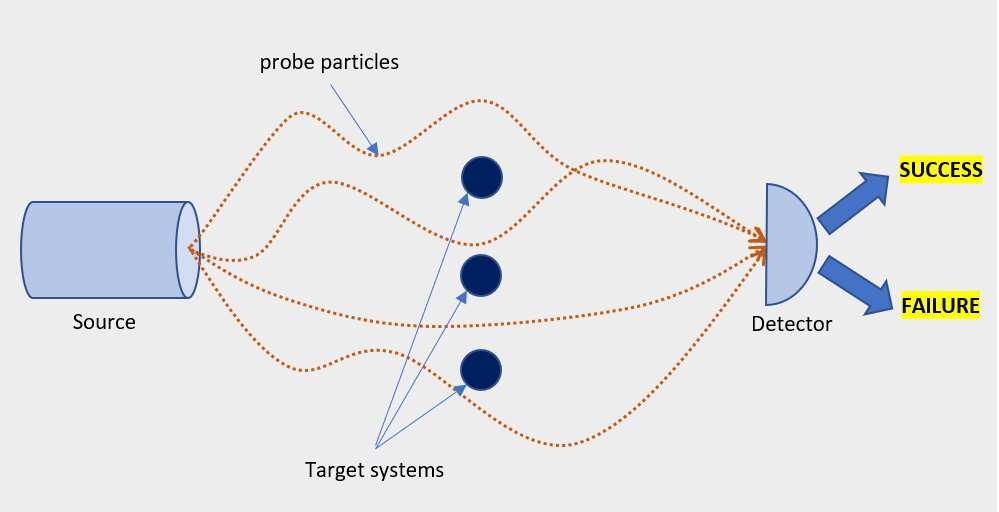
A research group at the Institute of Quantum Optics and Quantum Information (IQOQI), Austria, has explored time rewind and fast-forward reality question from the point of view of quantum mechanics. Their answer: With current quantum technology, it is possible to accelerate, decelerate and even invert the flow of time within arbitrary quantum systems, even uncontrollable ones.
Physical systems dominated by the laws of quantum mechanics, such as light, atoms and molecules, change with time. The configuration that such systems have at a given instant of time is called a state. For example, the quantum state of a photon determines the probability that it goes through a polarizing crystal set at any given angle. The maximum number of distinguishable states of a quantum system is called its dimension.
Their time translator works by making the target systems scatter a beam of probe particles (e.g., positrons), which are later subject to a quantum observation. Depending on the outcome of this observation, the experiment is regarded as either a success or a failure. If the experiment succeeds, then the state of each of the target systems is guaranteed to undergo the desired time translation.
Notably, this time translation process is universal. That is, it occurs independently of how the targets interact with the probes. This property, universality, sets their results apart from other attempts to harness time in quantum systems. Their scattering protocols can translate in time even target systems that can’t be controlled in the lab, a fact that is extremely counterintuitive!
The secret of this puzzling phenomenon is in the careful preparation and observation of the particle beam. While it goes through the targets, the particles making up the probe beam are correlated with the target systems in a way that has no classical analog; in physics terminology, we would say that targets and probes become entangled. The final measurement or observation to which the probes are subject is also fundamentally quantum: Unlike in classical physics, it cannot be conducted by measuring each probe individually. Different preparations and observations of the beam correspond to different time translations for all target systems of a given dimension that interact with the beam in any way. (ScienceX)
The paper can be read there.
